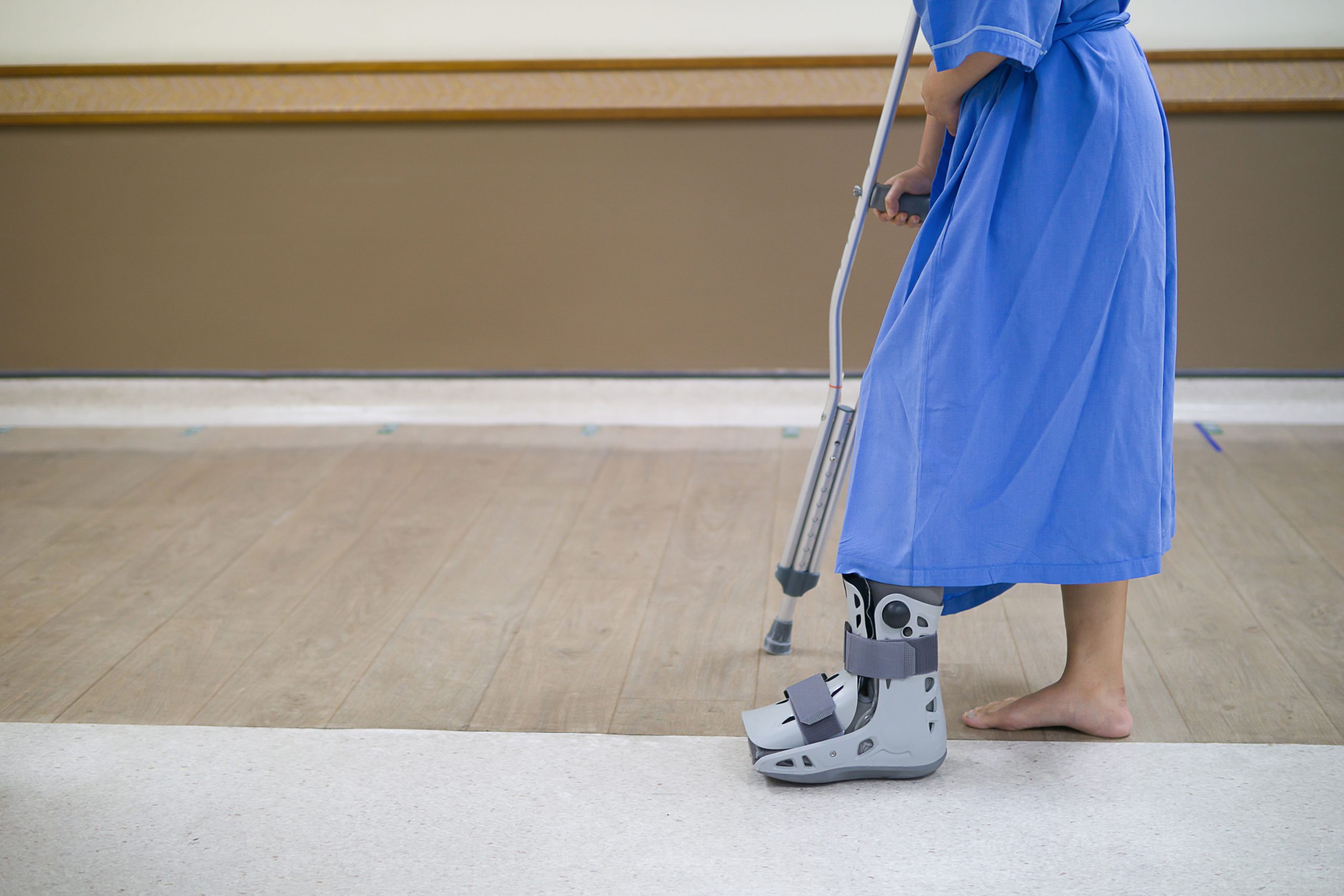
Post-acute care expenses represent 1 in every 4 dollars spent by a typical Medicare Advantage plan. For certain patients with chronic disease, such as chronic heart failure (CHF) or chronic obstructive pulmonary disease (COPD), post-acute costs may comprise up to 70 percent of total cost of care. The best way to lower total medical costs today is to leverage the home as an integral part of a post-acute care plan.
Success requires focusing on the basics — such as care coordination, proactive patient engagement, and solid clinical management — as well as a disciplined focus on areas that can adversely impact a patient’s journey home, such as a stop in a Skilled Nursing Facility (SNF).
This article was updated in May 2023, click to read the latest article “Managing the Length of Stay at SNFs.”
When Are Patients Discharged Most Often?
Over the past 30 years, the proportion of Medicare patients discharged from the hospital to a SNF instead of the home increased from 5 percent to 20 percent1. In addition, patients are staying longer within SNFs; in a seven-year period, the average amount of time patients spend in these facilities went up 25%. Too often, length of stay in the SNF has less to do with individual care needs, and more to do with benefit design and reimbursement rules.
There is no shortage of studies that demonstrate that how an organization is paid can drive care delivery. A good example is the rush to discharge Medicare patients from the SNF at Day 21. Medicare pays the full cost for SNF care for up to 20 days, and after that, requires the patient to contribute. The result is often a rush to discharge on Day 21, when the patient must contribute financially.
We see consistent patterns when analyzing SNF days. Patients tend to discharge at days 8, 15, and 21—all tied to a seven day approval cycle driven by historical reimbursement mechanisms.
Back to the Basics
If care is effectively coordinated, and patients, physicians, and caregivers are engaged at the point of the initial hospital discharge based on the needs of a particular patient, the right path of care can be identified for the patient from Day One. This may or may not result in a SNF stay—in fact, with the right care at home, many patients can go home without a SNF stay at all.
We recently analyzed SNF utilization for Major Joint Replacement (DRG 470) – mostly hips and knees. The average SNF stay was 15.5 days, complemented with a low readmission rate (5.7%). This data led us to further analysis – where we identified that nearly 25 percent of patients that recovered in a SNF had no co-morbid conditions – which made them prime candidates to heal at home, reducing costs and allowing patients to heal more quickly.
For others, the SNF is necessary—and delivers significant value. But with the appropriate clinical oversight and an individualized approach to authorizations and reimbursement, the journey home can occur sooner.
This article was updated in May 2023, click to read the latest article “Managing the Length of Stay at SNFs.”
My advice for the PAC-savvy health plan?
- Evaluate whether current clinical and reimbursement guidelines are driving inappropriate utilization of SNF and delaying patient’s journey’s home.
- Understand what can and cannot be done at home, and how care transitions to the home are effectively managed.
- Work in close concert with discharge planners, SNFs, and in-home resources, such as nursing or other in-home staff like community health workers and nurse practitioners, to support the patient in achieving independence as quickly as possible—at home—and avoiding readmissions.
Effective PAC management will bend the cost curve—and improve patient and caregiver lives.





